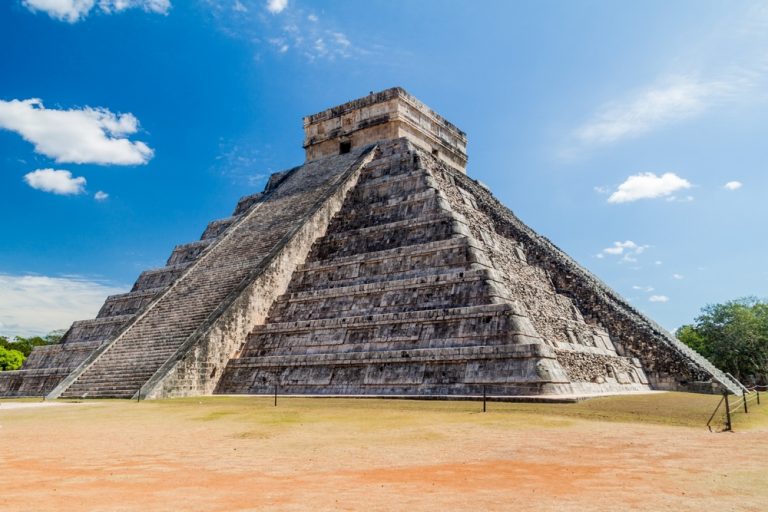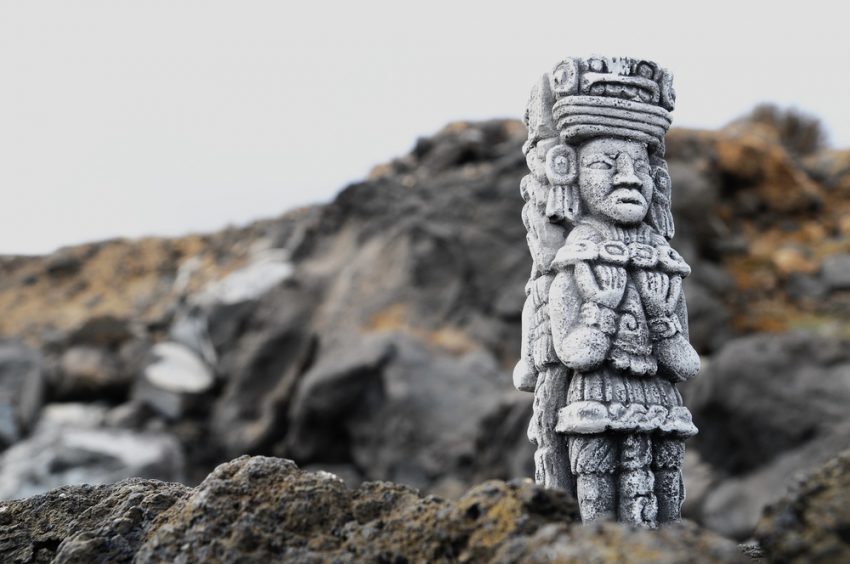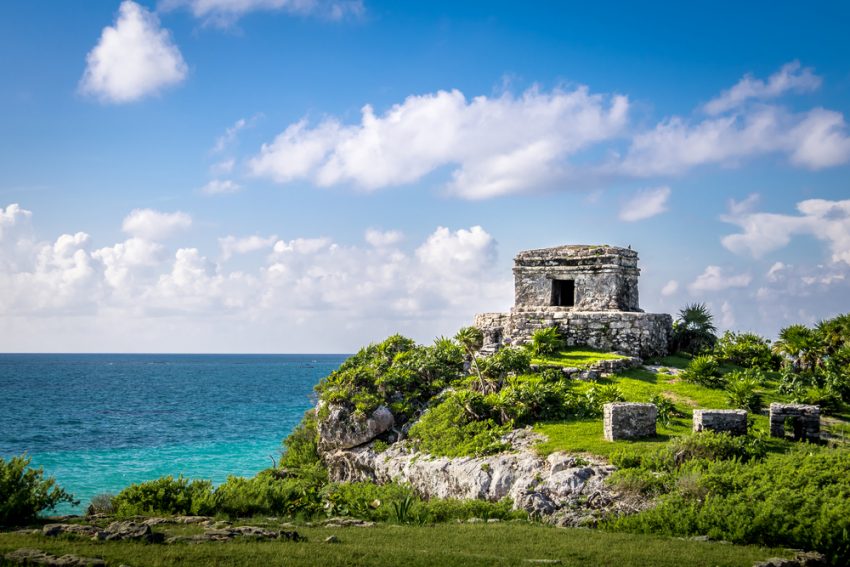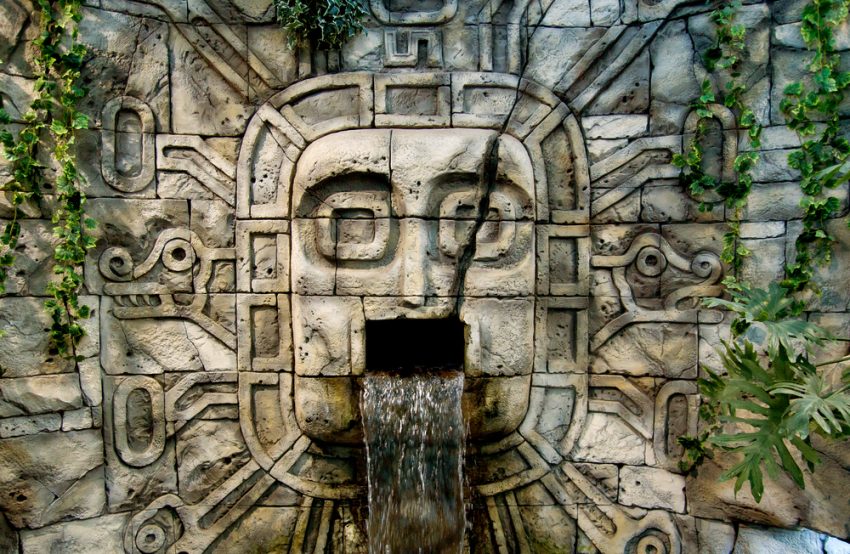The Rise and fall of the Maya civilization

One of the first and best-known advanced civilizations on earth were the Maya.Located in today’s South Mexico and parts of Central America, the Maya established themselves as a cultural and scientific leader for their time period. After a steep ascent until approximately the 9th century AD, a sudden collapse of the civilization occurred, but what happened?
A Calendar and pyramids as highlights
The first signs of the Maya civilization date back to around 2000 BC in Belize. From here the Maya civilization spread out as far as Guatemala and southern Mexico, including the Yucatan Peninsula, through 9 AD. During that time, the Maya built expansive pyramids, plazas, ball courts and government buildings. Additionally, a unique agriculture system was installed which was prominent at the time for its terraced look. Other major achievements in culture and science were made, such as an accurate solar almanac which was the precursor to today’s calendar. In the golden age, the so-called “Classic Maya period” around 600 AD, up to 70,000 people lived in approximately 60 Maya cities.

Different rain patterns and the wrong lifestyle
When the Mayas first cultivated their lands, it was well known that occasional short-term droughts sometimes occurred. That was the primary reasoning why the Maya constructed water reservoirs, which made the population growing steadily. The reservoirs proved vital for population growth until a longer and more expansive drought began around 700 AD and lasted for nearly 400 years. As a result, the reservoirs gradually dried up leaving many people without access to water. Altogether 90% of the population vanished.

Climatic reconstructions show that cold weather in the Northern Hemisphere is associated with drought in Mesoamerica. Northern Europe suffered extremely low temperatures around the same time as the Maya droughts. A similar connection was found again at the beginning of the 20th century. It is likely that such a significant global climate event was triggered by a Volcanic eruption, but a shift in the global climate can’t be ruled out as well. Such a massive climate anomaly is often coexistent with a change in the ocean current or the solar radiation. No clear evidence of a change in the ocean current or solar radiation has been found yet that would link it to the 400 year-long Mesoamerica drought.

Historians also pointed out that the weather condition alone aren’t the only reason for the extinction of the Maya. Epidemics and wars with Spanish conquerors in the 16th century also played a role in the decline of the Maya population.
Weather always mattered and still matters. Don’t have Morecast yet? Download it here.
